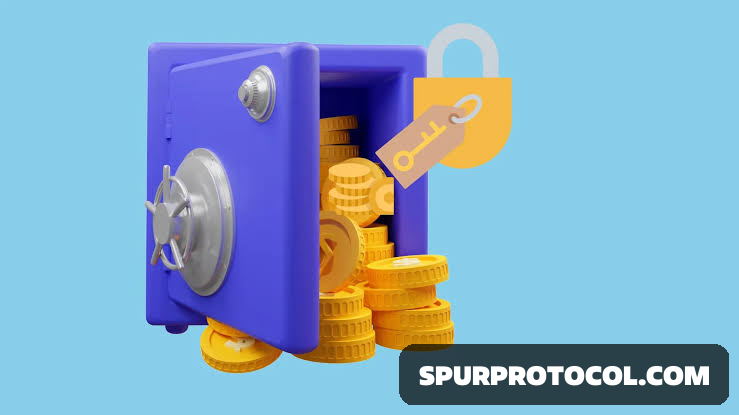HOW TOKEN VESTING WORKS IN CRYPTO PROJECTS
Token vesting in crypto projects is a mechanism to gradually release tokens to stakeholders such as team members, advisors, investors, or partners over a predefined period rather than all at once.
Go Back

🕒 6:51 PM
📅 Jul 06, 2025
✍️ By faultybaba
Importance of Vesting
1. Market Stability: Controls token supply to avoid sudden inflation
2. Prevent Dumping: Gradual releases reduce the risk of large sell-offs that could tank the token price.
3. Trust Building: Signals to the community that the team is focused on long-term value creation.
4. Align Incentives: Encourages long-term commitment from team and investors.
⚠️ Risks and Considerations
i. Overly Long Vesting: Can demotivate team members or lock up investor capital excessively.
ii. Market Impact: Even with vesting, large unlocks can lead to price volatility if not managed well.
iii. Transparency Issues: Poorly communicated vesting schedules can erode community trust.
How It's Enforced
1. Smart Contracts: Automate the vesting logic to ensure no one can cheat.
2. Centralized Lockups: In some cases, exchanges or project teams manually enforce vesting.
🔒 Types of Vesting
1. Linear Vesting: Tokens are released steadily over time. Example, 1/24th of the total each month for two years.
2. Milestone-based: Tokens unlock when specific goals are achieved. Example, product launch.
3. Graded Vesting: Varies by period. Example, 40% in year 1, then 20% yearly.
Vesting Participants
Team and Advisors: Vesting ensures they remain committed to the project’s success over time.
Investors: Early backers (e.g., seed or private sale investors) often receive tokens at a discount but are subject to vesting to prevent dumping.
Community: Tokens allocated for community rewards or project funding may also vest to manage supply and maintain price stability.
🗝️ Key Parameters:
*Cliff: A period where no tokens are released (e.g., 1 year).
*Vesting Period: Total duration over which tokens are fully released (e.g., 2–4 years).
*Release Frequency: How often tokens are unlocked (e.g., monthly, quarterly).
*Token Lockup: Initial period where tokens are completely inaccessible.
Projects often share vesting details in whitepapers or tokenomics sections on their websites...
